Grass in my garden! HELP.
apoem
13 years ago
Related Stories
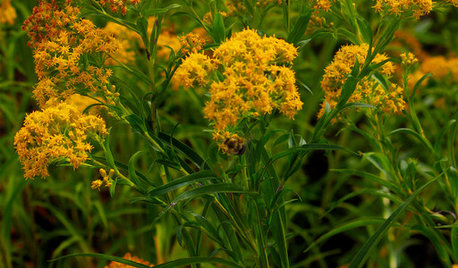
FLOWERS AND PLANTSThis Sunny Yellow Flower Helps Fall Pollinators and Landscapes
Oligoneuron riddellii’s distinct grass-like leaves and bright flowers jazz up the garden in the upper Midwest and Central Plains
Full Story
FLOWERS AND PLANTSHelp Monarchs and Other Butterflies by Planting Common Milkweed
Summer-blooming Asclepias syriaca is an important larval host plant for the monarch butterfly and attracts a number of pollinating insects
Full Story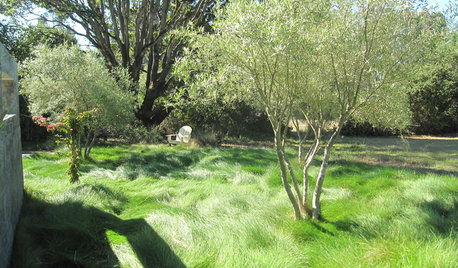
GARDENING AND LANDSCAPING7 Ornamental Grasses for Coastal Gardens
These hardy seashore plants evoke the ocean, sway in the breeze and help prevent sand erosion in the landscape
Full Story
INSPIRING GARDENSInside Houzz: A Waterfront Property Ditches the Grass for a Garden
New drought-tolerant plantings and outdoor gathering spaces help this California backyard take in the view without wasting space or water
Full Story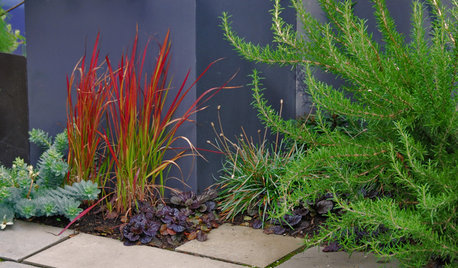
RED FOLIAGEGreat Design Plant: Japanese Blood Grass
This dramatic, ruby-tinged grass bridges the gap between red and green, short and tall plants
Full Story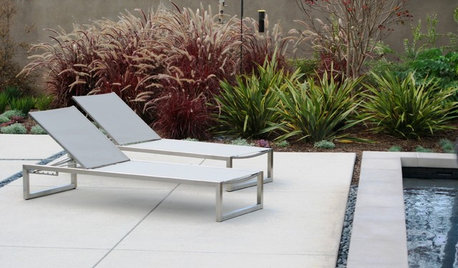
PURPLE FOLIAGEGreat Design Plant: Purple Fountain Grass
Easy come, easy grow — give this low-maintenance grass pride of place in your garden
Full Story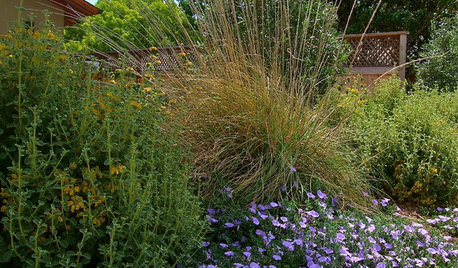
GRASSESGreat Design Plant: Deer Grass
Give wildlife a snack and give yourself a break — this food-source grass is easygoing in many climates and conditions
Full Story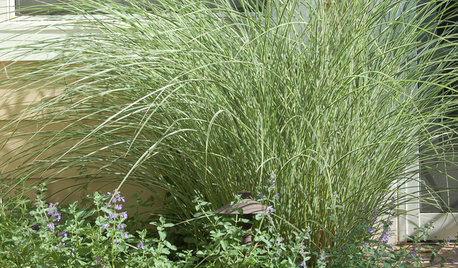
GARDENING AND LANDSCAPING5 Smokin' Warm-Season Grasses
Beat the heat with beautiful grasses that help your landscape shine from summer through fall
Full Story
LANDSCAPE DESIGNNative Plants Help You Find Your Garden Style
Imagine the garden of your dreams designed with plants indigenous to your region
Full Story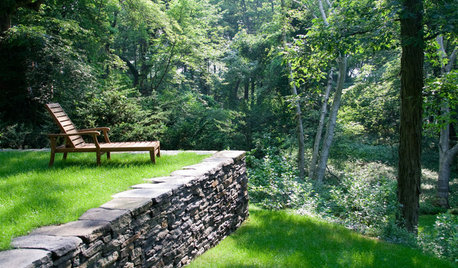
LANDSCAPE DESIGNWhat the Heck Is a Ha-Ha, and How Can It Help Your Garden?
Take cues from a historical garden feature to create security and borders without compromising a view
Full StoryMore Discussions







pnbrown
digdirt2
Related Professionals
Derry Landscape Architects & Landscape Designers · Wrentham Landscape Architects & Landscape Designers · Erie Landscape Architects & Landscape Designers · Pottstown Landscape Contractors · Alpharetta Landscape Contractors · Cedar Hill Landscape Contractors · Dallas Landscape Contractors · Fort Atkinson Landscape Contractors · Hayden Landscape Contractors · New Providence Landscape Contractors · Rio Linda Landscape Contractors · Waldorf Landscape Contractors · Kingsburg Landscape Contractors · Fort Worth Driveway Installation & Maintenance · Redford Driveway Installation & MaintenanceapoemOriginal Author
pnbrown
lauragardens
brookw_gw
sandhill_farms
mmqchdygg
apoemOriginal Author
pnbrown
ronnywil
anney
lonmower
anney
lonmower
soonergrandmom
anney
gardengeek36091
wordwiz
glib
wordwiz
apoemOriginal Author
fusion_power
lazy_gardens
midsummersgarden
apoemOriginal Author
jonas302
grandad_2003
midsummersgarden
lazy_gardens
defrost49